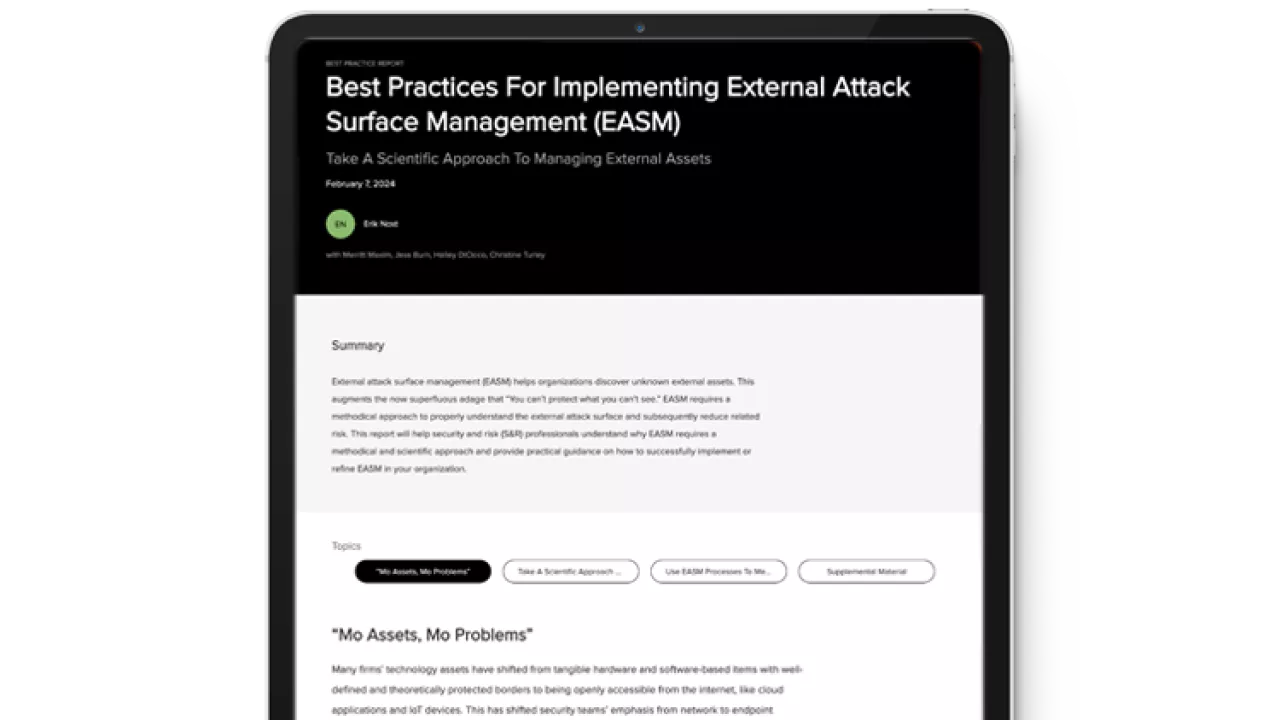Trust Management Hub
Responding to security risk assessments is cumbersome, repetitive, and can prolong the sales cycle. Bitsight Trust Management Hub enables you to create once and share with many. Securely build a profile with your critical documentation and questionnaires. Send to customers in just a few clicks, dramatically reducing assessment time while accelerating revenue for the business. Less headaches, more time focusing on real security.
Drive assurance & trust with your customers
Answer once, share many
Use Bitsight’s trust center to manage all of your requests and easily share security information with a few clicks.
Enable your sales team to do what they do best—close deals
Instead of sales reps pinging you at all hours about fulfilling customer security reviews and questionnaires, give them the ability to initiate shares while you maintain full control of every document. Show you enable business, not slow it down.
Streamline and automate your security assessment workflow
There aren’t enough hours in the day to respond to each customer’s request. Save time and effort by securely sharing from your security profile, and cut down on repetitive tasks for every customer security assessment.
Maintain control
Prevent non-security staff from saving outdated security documents and sharing them insecurely. Use Bitsight’s secure repository to scale your processes. Stand out from your competitors by assuring your customers that their data is safe every step of the way.
Build confidence with your customers
Include SIG Core and Lite, Cloud Security Alliance CAIQ, and other questionnaires; SOC reports, ISO, HITRUST, and other certifications; Penetration tests, application scans, and other attestations; Insurance documentation and other audits.
Featured Resources
Extend Attack Surface Visibility to AWS, GCP, and Azure
- Multi-Cloud Support: Extend visibility across all major cloud providers, including AWS, Azure, and GCP.
- Streamlined Setup & Control: Easy configuration in 15 minutes, with complete scope control.
- Enhanced Security Insights: Synchronize public IP addresses 4+ per day, enhancing the accuracy and breadth of risk assessments and Bitsight ratings.

See our certified EASM partners
Integrate with workflow tools to assign and track remediation across teams and report on external attack surface management insights.

Extend EASM capabilities to your third-party network.
Work with vendors without working with their vulnerabilities. Use the same detailed attack surface data you have on your own ecosystem and share it with critical vendors to expedite remediation of their vulnerable areas.
External Attack Surface Management











